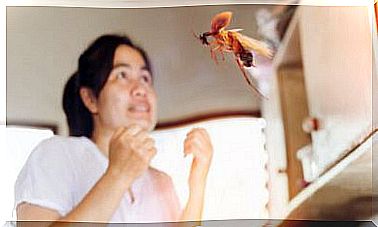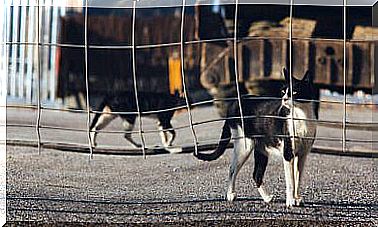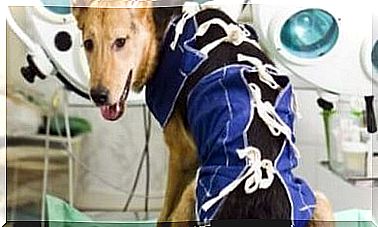Vaccines For Cats: The Vet, Our Best Ally
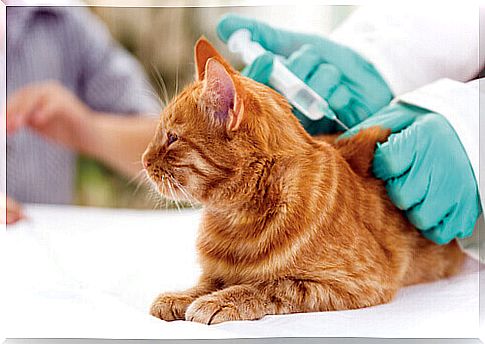
Experts say vaccines are essential for keeping animals healthy. In felines, the basic vaccines normally proposed are those that fight distemper, feline infectious rhinotracheitis, calicivirus and rabies. But what are vaccines ? What types of diseases do they prevent and how often should they be given?
V accinations help the body’s immune system fight the invasion of disease-causing pathogenic organisms. They are very important for the health of cats. Therefore, it is essential to follow a vaccination schedule, based on your pet’s medical history, environment and lifestyle.
What are cat vaccines?

V accini for cats fall into two categories: basic and non-basic. The former are considered of vital importance for all felines and protect against panleukopenia (feline distemper), feline calicivirus, rhinotracheitis and rabies. Non-basic ones are administered according to the cat’s lifestyle. Some of these protect against the leukemia virus, Bordetella, Chylamydophila felis and the feline immunodeficiency virus. Adult cats, for example, can be revaccinated annually or every three years.
Below we share which are the diseases that fight vaccines for cats.
Feline distemper : is a highly contagious and deadly viral disease. Symptoms include extreme apathy and loss of appetite. Fever, vomiting and diarrhea also frequently appear, but some cats die suddenly after the first symptoms appear.
R. Feline infectious inotracheitis and feline calicivirus:
according to some estimates, it is the cause of 80/90% of upper respiratory tract diseases. Although the disease caused by these viruses is usually not serious in adult cats, it can sometimes be fatal for kittens. Sneezing, watery eyes, nasal discharge and fever are typical symptoms of the infection.
Rabies : It is a growing threat to cats. It is fatal and a serious public health problem. It is recommended that all cats be vaccinated against this disease: in some countries it is mandatory by law. Puppies should be given between 12 and 14 weeks of age.
Feline leukemia: It spreads in the saliva and nasal secretions of infected cats, and is transmitted through prolonged contact with cats affected by the disease, or through bite wounds and from an infected mother to her kittens.
Chlamydiosis: it is caused by the bacterium Chlamydia psittaci. Conjunctivitis is the most common symptom, but symptoms such as sneezing and nasal discharge can also occur. Bacteria are transmitted through direct contact with an infected cat. The highest rates of infection are found in cats between five weeks and nine months of life.
V irus of feline immunodeficiency: it is another viral killer of cats. The main mode of spread of the virus is through bite wounds.
Other vaccines that can be administered to cats are: those against feline infectious peritonitis and bartonellosis.
In the case of puppies, they automatically receive the antibodies contained in the mother’s milk if the mother has a healthy immune system. When the cat is six to eight weeks old, the vet can start administering a series of vaccines, at intervals of three to four weeks, up to 16 weeks.
Recommendations
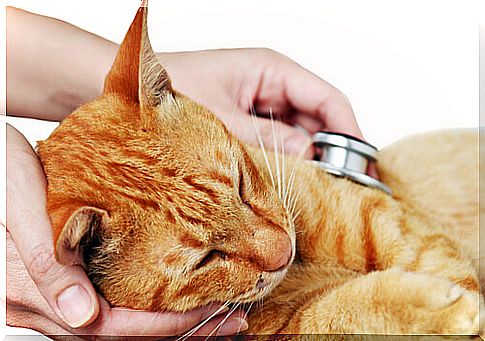
The vaccines slightly stimulate the immune response, in order to create a protection against certain infectious diseases. This stimulation can cause mild symptoms, ranging from pain where the vaccine was injected, to some fever and possibly an allergic reaction. There are also other less common side effects, such as the onset of tumors where the vaccine was administered or immune diseases associated with the vaccination.
It is important to remember that vaccines have saved countless lives and play a vital role in feline infectious diseases. As with any medical procedure, there is a small chance of side effects. In most cases, the risks are much lower than those of the disease itself.
In general, vaccinated cats do not show any side effects that are particularly harmful to their health. Reactions to vaccines are usually mild and of short duration. Symptoms include fever, loss of appetite, vomiting, diarrhea, swelling, redness of the injection area and limp.



